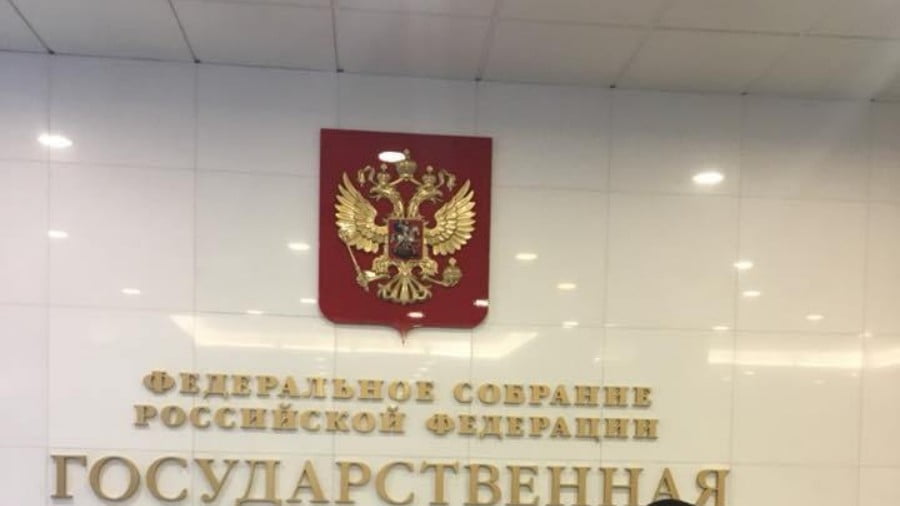Russia Must Bring the “Asia-Africa Growth Corridor” to the Far East
Russia’s 21st-century grand strategy is to become the supreme “balancing” force in the Eurasian supercontinent, to which end it’s recently pioneered several non-traditional partnerships across the landmass, with one of the most exciting being the incipient rapprochement with Japan. It’s absolutely vital that Russia establishes itself as a credible player in the Asia-Pacific region, but it can’t do this without the proper policies in place. For as much as Moscow might want to participate in North Korea’s promised denuclearization, the reality is that it’s pretty much shut out of this process by the US, and to a lesser extent, China, which is why it must focus on attracting as much investment as possible into the Far East instead.
This can’t happen without clinching a deal with Japan over what Tokyo considers to be the “Kuril Islands dispute”, and despite negotiations having seemingly reached a deadlock, an innovative proposal might present the hoped-for breakthrough that both parties are looking for and could also open the door for a future post-war and denuclearized Korean Peninsula to participate in these larger Russian-led multilateral development projects. Not only that, but the success of the forthcoming initiative that will be suggested could preemptively offset any future overreliance on China and its New Silk Road, thus maintaining Russia’s strategic security and reinforcing its Eurasian “balancing” strategy.
The key to reaching an agreement with Japan over the Kuril Islands and subsequently signing a peace treaty for formally ending their World War II-era hostilities is to explore the possibility for a Northern Islands Socio-Economic Condominium (NISEC) between the Great Powers that would include all of the Kuril Islands, Sakhalin, and Hokkaido. The concept is a simple one, and it’s that both governments could turn this transnational insular space into a shared platform for socio-economic development, with special regimes in place for facilitating this, especially as regards the free passage of local inhabitants and businessmen. This could accelerate these islands’ development because enterprising individuals from Russia and Japan would correctly see them as springboards to their much larger counterparts.
Russia and Japan would still retain political and military sovereignty over all of the islands under their respective control, but the free movement of people, goods, and capital between them could prospectively go a long way to reaching a win-win solution that might satisfy Tokyo’s hitherto intransigent stance on this issue because it would in effect have a large degree of shared sovereignty over the Kurils and Sakhalin when it comes to socio-economic affairs just like Russia would obtain over Hokkaido in exchange. The indigenous Ainu people inhabit all three island regions, so it’s only natural that they finally unite and serve as the much-needed integrational bridge between Russia and Japan.
If Russia succeeds in signing a peace treaty with Japan after resolving this issue, whether through the NISEC proposal or another solution, then Moscow should immediately request to become the third strategic partner of the joint Indo-Japanese “Asia-Africa Growth Corridor” (AAGC) and invite its newfound partners in Tokyo and its long-held ones in New Delhi to turn the entire Russian Far East into a showcase of what this promising multilateral initiative is capable of achieving. It’s possible that the US is sincere in its previously reported plans to contribute to North Korea’s modernization after it denuclearizes, which could realistically see Washington encouraging its Indian and Japanese partners – which cooperate not just in the “Asia-Africa Growth Corridor” but also the “Quad” – to participate in this too.
The long-term vision that’s therefore being presented is for Russia to use a future peace treaty with Japan – possibly reached through the NISEC win-win “compromise” proposal – to join the “Asia-Africa Growth Corridor” and have Japan and India develop the Russian Far East together, as well as eventually involve the two Koreas in this project following the North’s denuclearization and American-assisted development. Because everything is purely economic, it wouldn’t pose any threat to China, and if anything, it could complement Beijing’s vision of worldwide infrastructural connectivity. Importantly, by encouraging “friendly competition” between the “Asia-Africa Growth Corridor” and the New Silk Road in the Russian Far East, Moscow would be able to “balance” between the two and resultantly reap the best possible benefits.







7 Comments